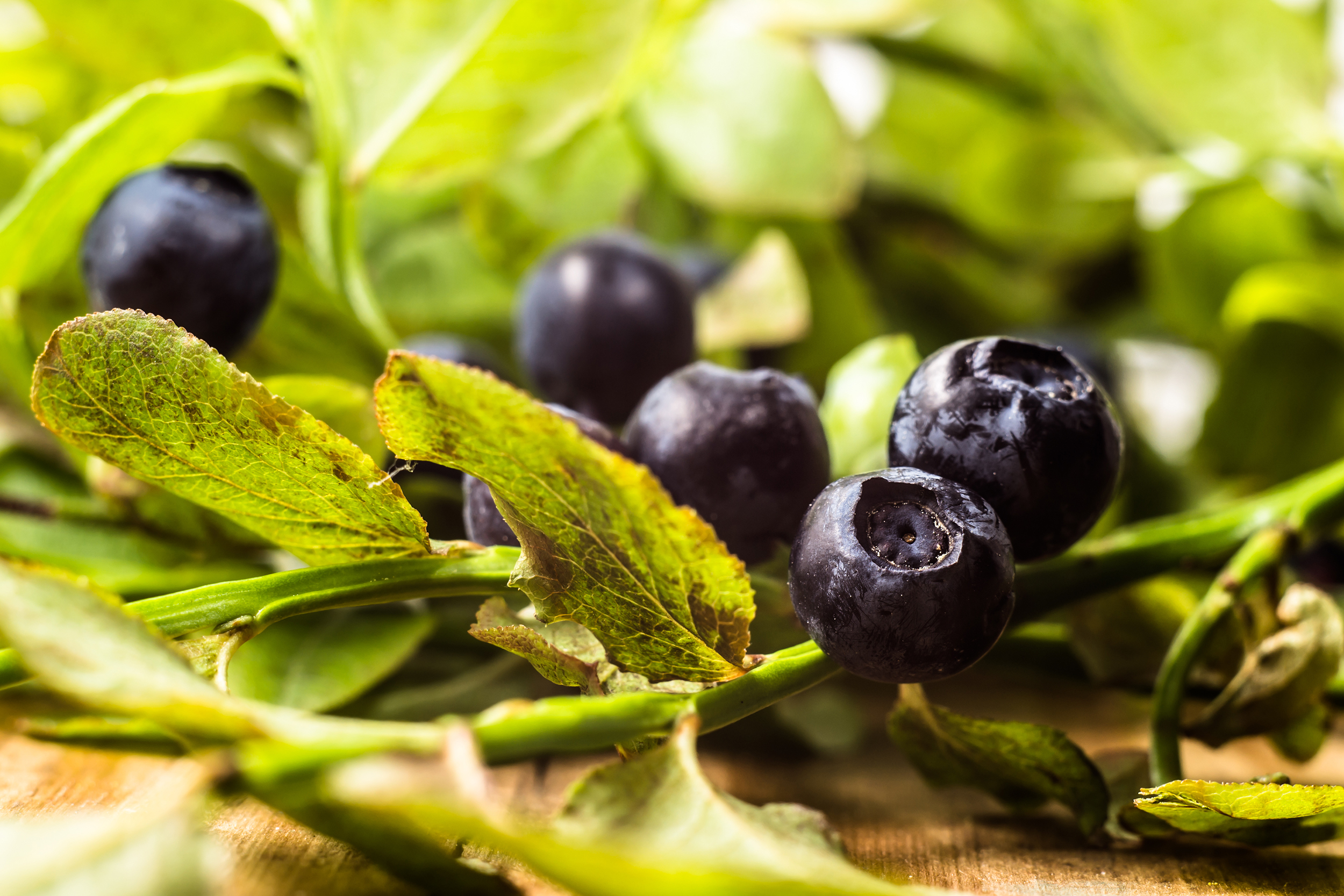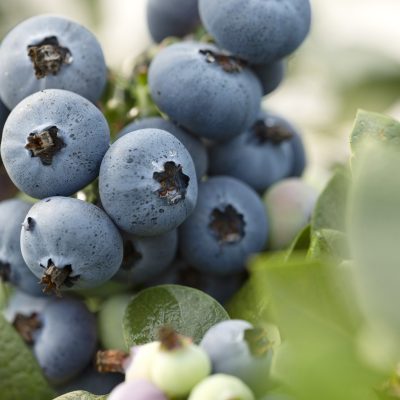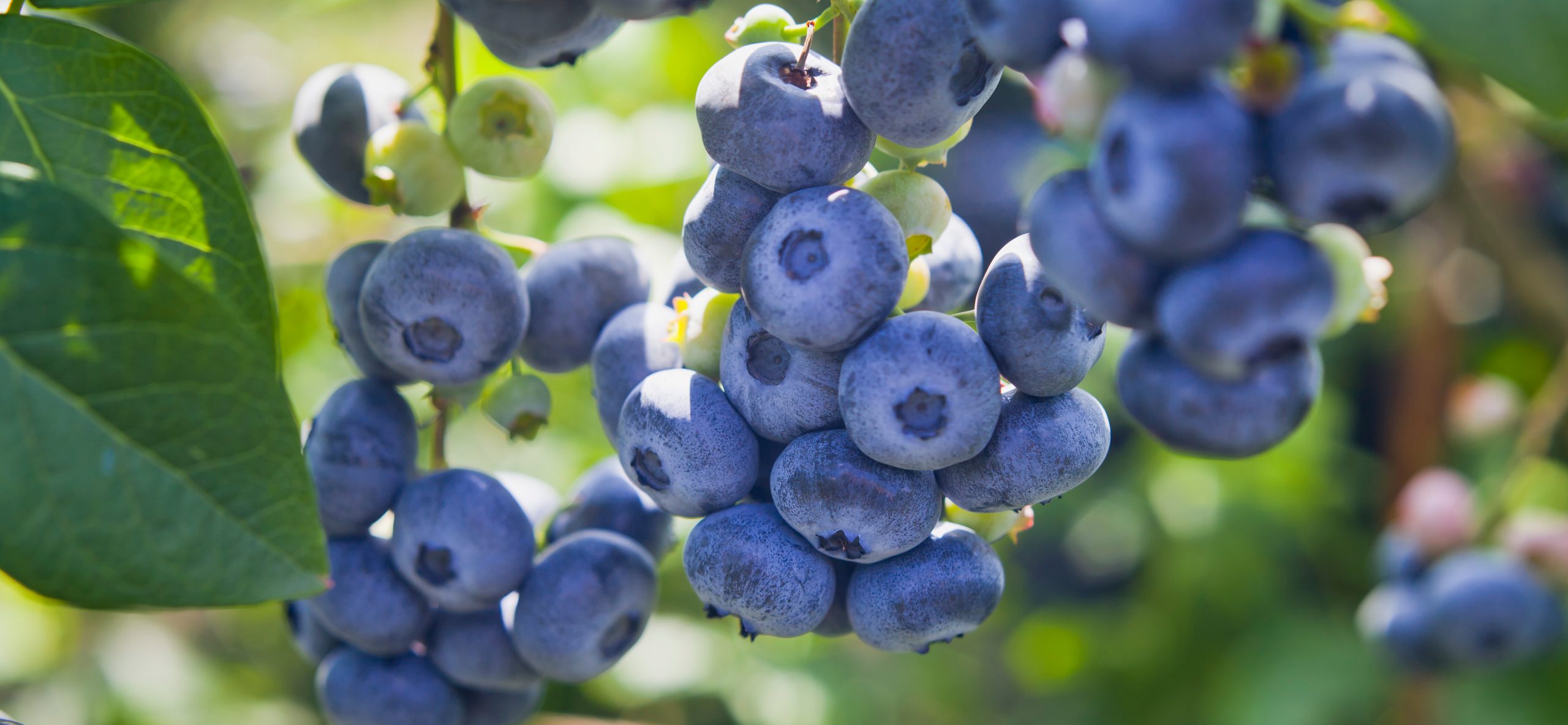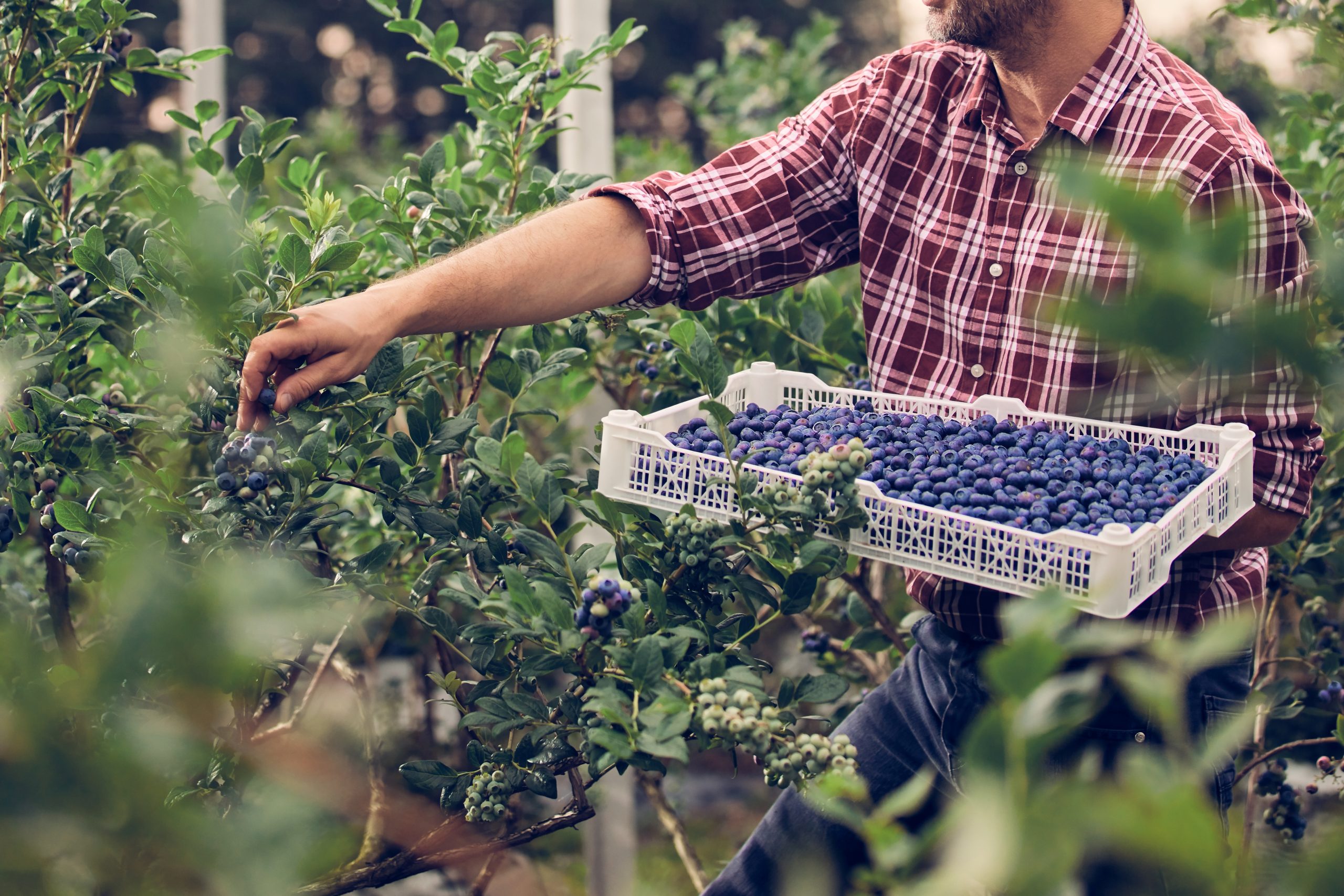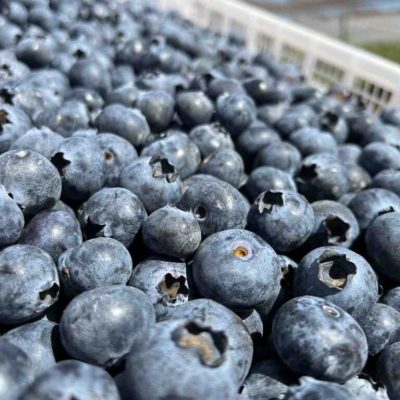Blueberry industry consolidation shows no signs of slowing down
By Matt Ogg
Whether it’s through mergers, acquisitions or joint ventures, a fast-growing and competitive blueberry environment coupled with unprecedented cheap liquidity means the soft fruit’s consolidation course is set to remain in full swing.
Examples abound over the past decade, including the latest development in the evolution of the world’s largest blueberry company – Chilean-based and publicly listed Hortifrut – acquiring Atlantic Blue for €241 million.
The acquired company is based in Spain but has also been growing blueberries for a decade in Morocco, where the national industry has played a significant role in assisting year-round supply and quality consistency for the European market.
It is an acquisition that adds to Hortifrut’s expansive footprint that already covers territories such as Peru, Mexico, Colombia, the USA and China, but it also gives the multinational Atlantic Blue’s suite of genetics, the most well-known being the variety Rocio.
This year also saw the merger of global fruit giants Total Produce and Dole, now listed on the New York Stock Exchange and with blueberries among its large stable of products.
In early 2020 the world’s largest berry company Driscoll’s lifted its stake in Australian Stock Exchange-listed Costa Group, its joint venture partner with a relationship that spans marketing, varieties such as Costa’s Arana blueberry, and a berry production venture in China.
This is all against a backdrop of ever-developing joint ventures in the industry from South America to South Africa to very early-stage and experimental blueberry industries like India, often with genetics, knowhow (technical or local) or sales channels, branding and relationships as the key drivers of these tie-ups.
Then there are the numerous partnerships in the past that have been heralded with great fanfare by the companies involved, their aspirations published far and wide by news outlets, but when they go sour the deals fizzle out and end up as compost. For legal reasons there is often no real public closure on failed deals; just whispers in conference corridors and private WhatsApp messages.
“Why is it that partnerships or joint ventures that you’d think on paper would work, haven’t worked? And there’s been a number of them,” says International Blueberry Organisation (IBO) president Peter McPherson.
“On one hand you’ve got the expectation of what’s that return on investment going to be, and that’s the private equity stakeholder kind of investment. Then you’ve got the expectations from the breeding side of the fence, the growing side of the fence, and where you can go and extend.
“Certain things are going to be on collision courses.”
Nonetheless, McPherson sees more consolidation on the horizon over the coming years as companies look to secure premium varieties, innovation and supply.
“You need to have the genetics, you need to have the technical expertise, the innovation, and obviously a competitive advantage with the offer that you take to the table,” says McPherson, who is also general manager for the berry category at Costa Group.
“It’s not just about massive volume. Massive volume is not going to get you the penetration that you need long-term – the consumer needs to have that delight factor, consistency factor, taste, shelf life, all of those things need to be taken into account.”
IBO director Stephen Taylor believes the main reason for takeovers is they are often the only way large investors can successfully get into the sector given the increasing proprietary nature of variety availability.
“Another thing that has changed in recent times is the value of the whole to an investor is more than the value of its parts,” explains Taylor, who is also managing director of U.K.-based Winterwood Farms.
“In other industries investors might buy a group to then asset strip and sell the bits for a profit, but for this industry it is the other way around, and deals are being done for well in excess of the paper value of the companies.”
This is one side of the consolidation story – larger companies with a mix of either scale, expertise, intellectual property or all three behind them as they expand. But the other side of the narrative is the growers who are hard up amidst the bifurcations at play within the industry, roughly divided along lines of premium varieties, high yield or lack thereof.
What also goes mostly unpublished are the countless sell-ups from smaller blueberry growers worldwide, in many cases after generations of farming on the same land but financial distress leaves them with no other choice, pushed out by the heightened price pressure.
“The blueberry supply has rapidly increased and continues to increase, which puts a little bit of pressure on future margins so companies are searching to have more scale and efficiencies to keep the margins at the same level,” explains Cindy van Rijswick, senior analyst for fruit, vegetables and floriculture at Rabobank, one of the world’s largest agricultural lenders.
“For years the margins for growers were pretty good so now they start to feel the pressure, especially since not only have the sales prices of berries gone down but also the cost of production will go up quickly and will accelerate consolidation, I think.
“Nearly every cost factor is increasing – it’s not only logistics but packaging, fertilisers, labor, everything is becoming more expensive, and that will definitely have some impact on this sector.”
She says the push for year-round supply is also driving consolidation as berry companies – and fruit companies more broadly -are trying to control each and every source as much as possible.
“The consolidation is not only among the growers but also the distributors or marketers, and a lot of the mergers and acquisitions are also vertical,” van Rijswick says.
“You see some of the big Latin American players like the ones in Peru and Chile investing in land in Europe for example, but you cannot see that in the statistics.”
Cort Brazelton, IBO founder and executive board of directors coordinator, says new genetics platforms are also driving integrated consolidation.
“As in other crops before such as apples, some genetics platforms are also becoming mediums of virtual integration and consolidation, making sourcing and product confidence more streamlined for the buying side of the equation while empowering some suppliers more than others,” explains Brazelton, co-CEO of U.S.-headquartered Fall Creek Farm & Nursery.
Brazelton notes at times a lack of ideal merger or partnership options is driving some ambitious blueberry industry players to enter new markets and growing regions alone.
“There is a clear trend for many companies, be they growers, breeders, nurseries, service providers, vendors or marketers, to increase their rate of growth,” he says.
“This scaling, often combined with more vertical integration, is also driving indirect consolidation as pressure increases in smaller and medium-sized operators.
“This aggressive, more organic growth is also a major driver of consolidation in addition to the M&As that often capture headlines. There is nothing unique about this in the broader world of business, but what is notable is how it’s becoming more prevalent as the blueberry industry matures.”
In the European context, van Rijswick says acquiring small existing growers can be a difficult exercise, for example because their varieties may be outdated or there could be interpersonal issues between management.
“The issue is if you want to work with European producers through partnerships, it’s kind of difficult to find the right partners because they’re either small growers or they’re already organised in cooperatives,” she says.
“So it might be easier and efficient to have your own berry plantations in Europe or Morocco and organise them in the way you like.”
The fact interest rates are low and liquidity is more accessible, alongside the inflation across so many asset classes, is also driving more interest from new investors, for example venture capital firms or agricultural real estate investment trusts.
“The amount of money available is driving more investors to horticulture. In the past they were not really interested because it was a high-risk, rather low-return sector, but because there’s so much money available in the markets they need to find other ways to invest,” says van Rijswick.
However, McPherson holds the belief that for a grower to accept outside investment, the new partner ought to be bringing more to the table than just finances.
“To me, that’s not a good enough argument. Any joint venture I look at, any alliance I form, it’s not just about money,” he says.
“There’ll be rationalisation through the period. Some will succeed, some will fail.”
06/12/2021
Original Content IBO



